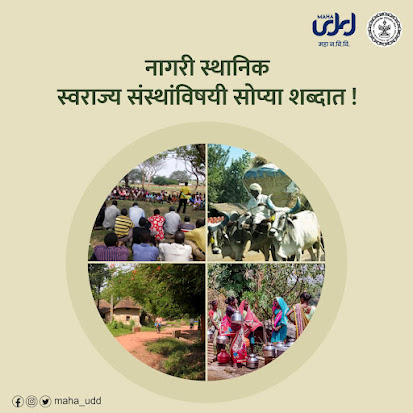Now, the BMC’s on-street pay-and-park scheme, an experiment in private parking slots on public roads, has been launched on two roads in South Mumbai.
The roads have been ‘adopted’ by two housing societies -- Bakhtavar CHS on Narayan Dabholkar Lane for 10 parking slots and Sagar Kunj on Rungta Lane at Nepean Sea Road for six slots -- for a period of six months.
The societies pay BMC Rs 6,600 per vehicle per month, which amounts to Rs 40,000 per month from the Rungta Lane parking slots and Rs 66,000 from Narayan Dabholkar Marg.
This experiment is part of the BMC’s Comprehensive Parking Management Plan (CPMP) to regulate street parking in three administrative wards — D (Grant Road, Peddar Road), K-West (Andheri, Juhu) and S (Powai, Bhandup).
Under CPMP, citizens who don’t have parking space inside their housing societies will be allowed to park on internal roads, and on the streets outside their societies, for a parking fee, provided it does not obstruct traffic.
The two South Mumbai societies submitted their applications three months ago to the BMC. A survey was conducted with the local traffic police and an NOC obtained from the latter.
Other new concepts in CPMP include valet parking, pick-up and drop-off facilities, no-parking lanes, street parking zones, and a city parking pool, which will be an online aggregator platform that will have details of all parking spaces available within a ward. The parking plan aims to identify and optimise all available parking spaces in the ward.
The Mumbai Parking Authority (MPA) under the BMC, had held meetings in March with representatives of residential societies and citizens’ groups to discuss the plan and understand their parking space requirements.
The idea is to keep arterial roads as no-parking zones as traffic snarls are usually caused by unregulated and haphazard parking.
The BMC has reached out to citizens living in housing societies in areas such as Malabar Hill, Peddar Road, Lower Parel, Worli, Andheri West, Juhu, and Powai, and urged them to fill out forms outlining their parking requirements. While Wards S and D appeared keen to begin the residential parking scheme, the response from Andheri West and Juhu has been tepid. Officials say the behavioural change aspect of the plan will take time.
The BMC is also in talks with the traffic police regarding the appointment of parking wardens who will regulate parking within a ward.
In a month-long survey last year, the MPA had collected and analysed available parking spaces, parking requirements for each type of vehicle, duration, pick-up/drop-off facility and loading/unloading facility, and strategically assigned spaces available for these functions.
Facebook: https://www.facebook.com/MAHAUDD
Twitter: https://twitter.com/MAHA_UDD
Instagram: https://www.instagram.com/maha_udd/
Blog: https://mahaudd.blogspot.com/
YouTube: https://www.youtube.com/channel/UCe9-Tq8QTPQ4h8IyXp2wbvw
LinkedIn: https://tinyurl.com/2bpdv9sv
Podcasts: https://tinyurl.com/5yrth66x








